Visiting Tokyo (Part 12)
One of the many great things about visiting Tokyo is it’s transportation system. The city is very well connected by trains and highways.
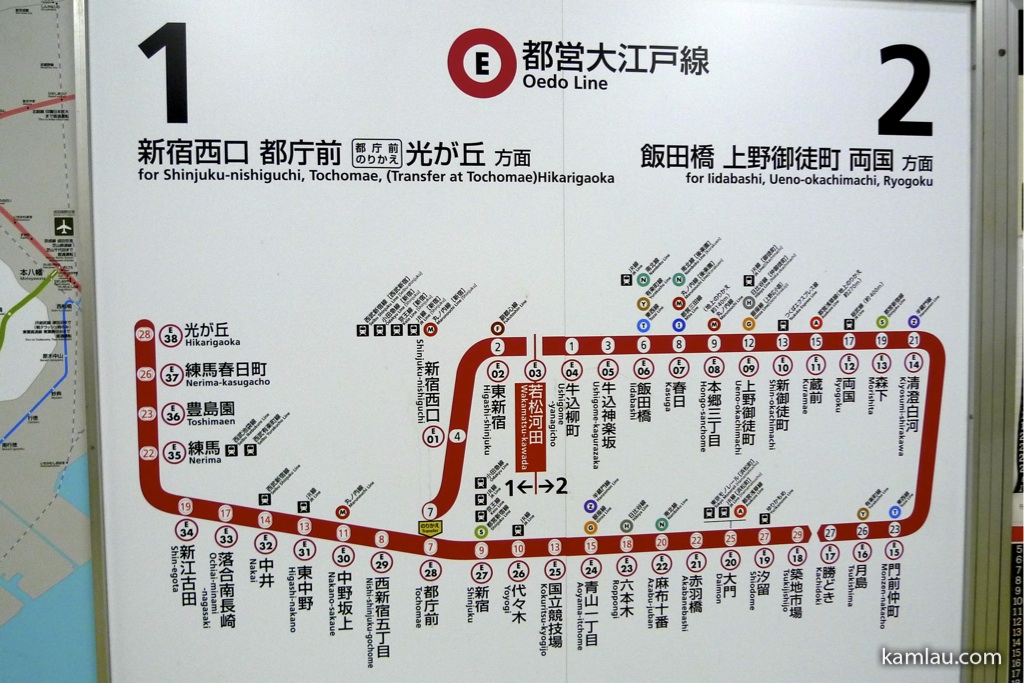
Study this train route diagram. On top, there are the two big numbers indicating the direction of travel and the corresponding platform number. In the middle is an alphabet indicate the train line (each train line got a different alphabet). And in the diagram below shows numbered train stations (the circled number below the route) and the number of minutes from the current station to the other stations (number within the route). The name of the current station is highlighted in red (station E03). The two arrows below the current station tell you the direction in relation to all the stations (the font and the font weight is proportional to the direction number at the top of the diagram). And if you look at the lower right-hand site, you will see that E17 takes 27 minutes if you use platform 2, and would take longer than 29 minutes if you take platform 1. Also, a lot of stations are connected to other train lines as illustrated by the different color circles on top of each station number. With all this information, you can tell your friends exactly where you are, traveling in which direction and the approximate time of arrival without ambiguity. I love graphic communication in Asia.

Trains are also very convenient because most lines operate until around 12 AM. If you need to hang out before midnight, you can always rely on them to take you home. And trains are affordable.
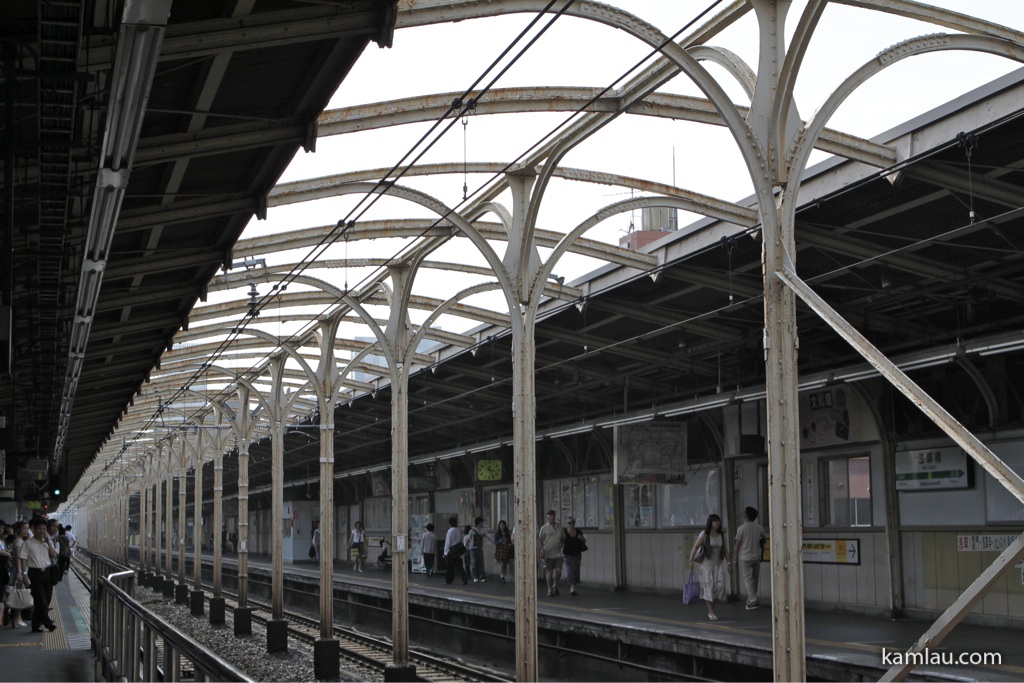
I am very fond of traveling by train. Of the cities I lived in before (Hong Kong, Melbourne), well designed mass transit system makes a common joe like me have the freedom to go anywhere without having to own a car. Unfortunately Vancouver is not one of these cities.
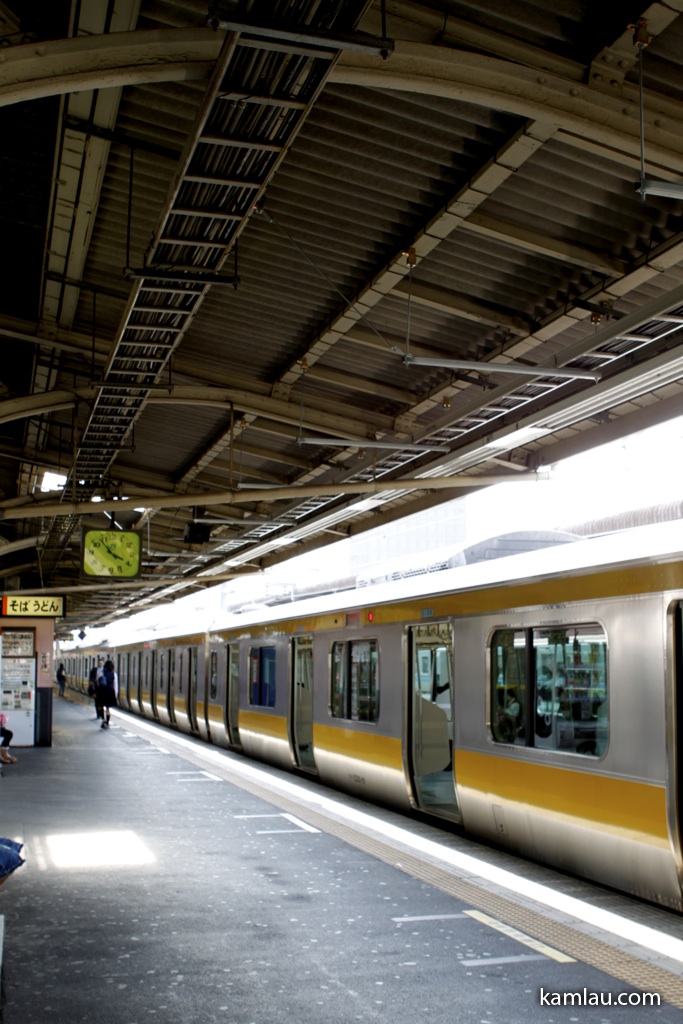
A train waiting at the station in a late afternoon. Sort of having a relaxing feeling to it.

And if you are hungry, you can always have some noodles at the train station. I heard that these shops serve great noodles but I never tried. Anyone has any feedback about them?

Be careful not to get beyond the yellow line, trains actually arrive at the station at very high speed. Because the trains in Tokyo are very long, it doesn’t have to really slow down until it gets very close to one end of the station and it has the entire train distance to decelerate.

And if you take the underground trains, you will feel the air being pumped through the tunnel when the train arrives. It feels good in the summer.

Other than trains, one could also use the highway system in Tokyo. Our friends took us around in their cars and it is great to be able to enjoy going around outside of the train tracks.
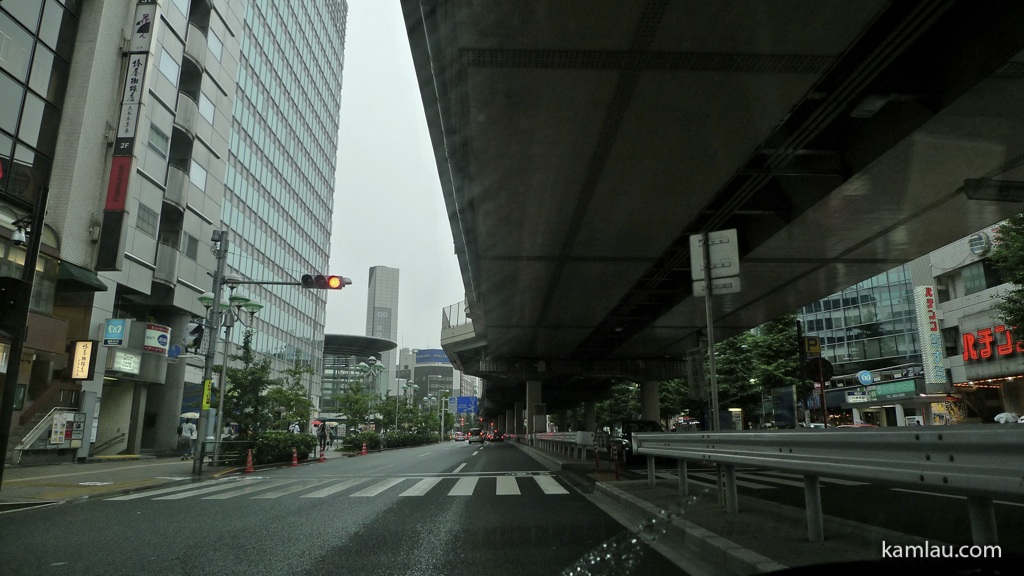
There are lots of elevated highways like this one above us. The street level has a lot of traffic lights and therefore, it makes more sense to have elevated highways.

There are also a lot of tunnels and underpasses going through different parts of the city. This particular one reminds me of the driving games on game consoles.

Another underpass on a highway. I bet there is another highway above.

There are also large bridges like Yokohama Bay Bridge. It is almost difficult to tell if you are on a bridge or an elevated highway. Well, I associate a bridge to be a structure above a river or a valley. But you might have a different understanding of the two.
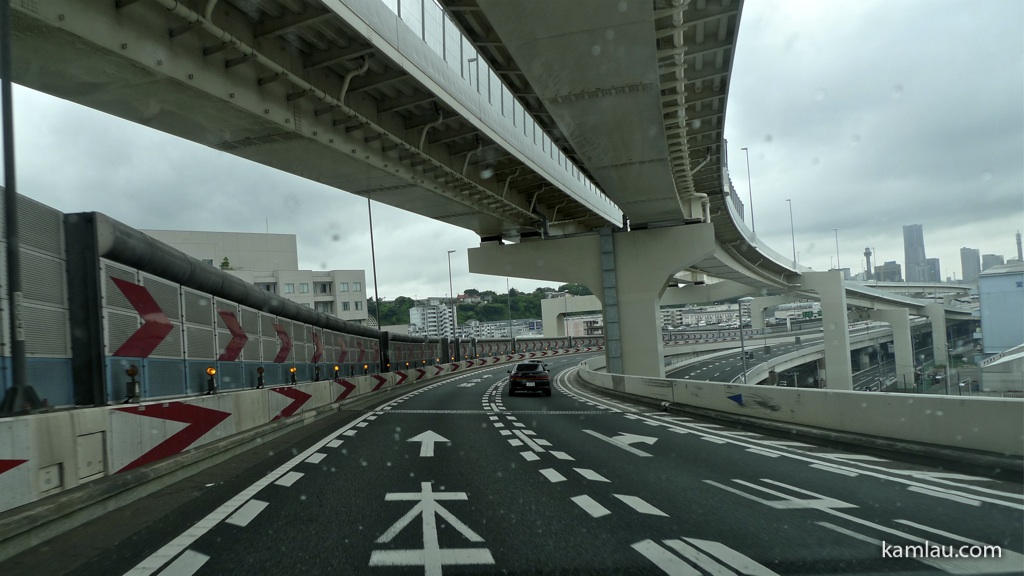
Civil engineering in Tokyo is awesome. Their bridges and elevated highways are very well designed. It feels so good to be driving above and then below other highways.
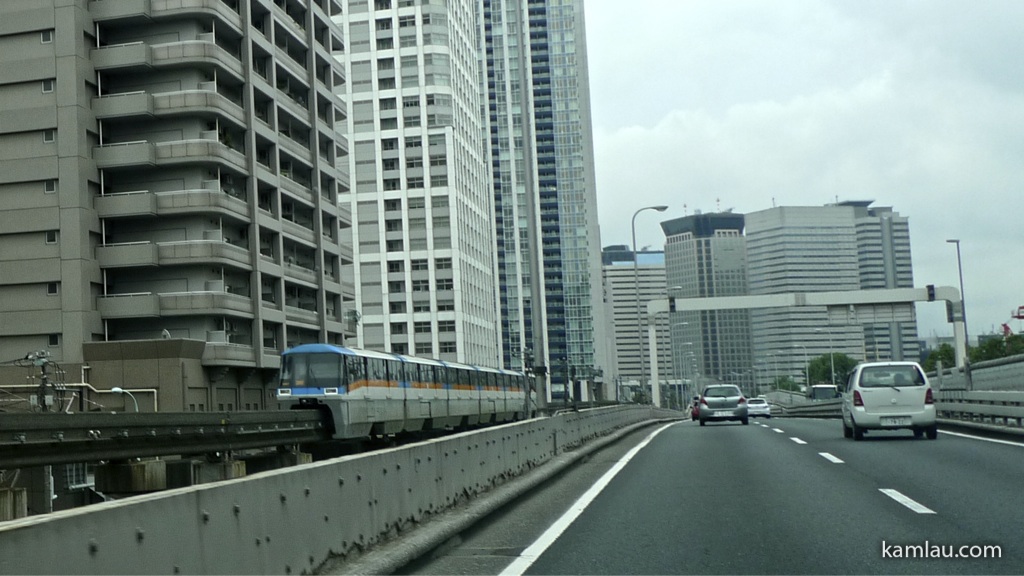
There is also this train connecting you from Tokyo to Haneda Airport running alongside a highway. Looks like a smaller rapid transit system on the monorail.
So if you don’t want to travel by train or highway, what are your other choices?
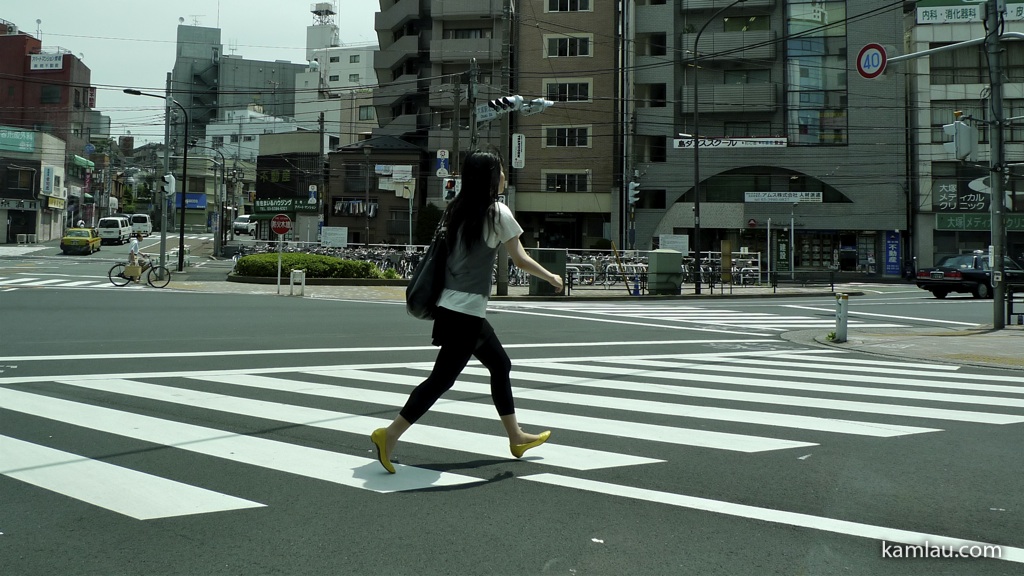
Walking.
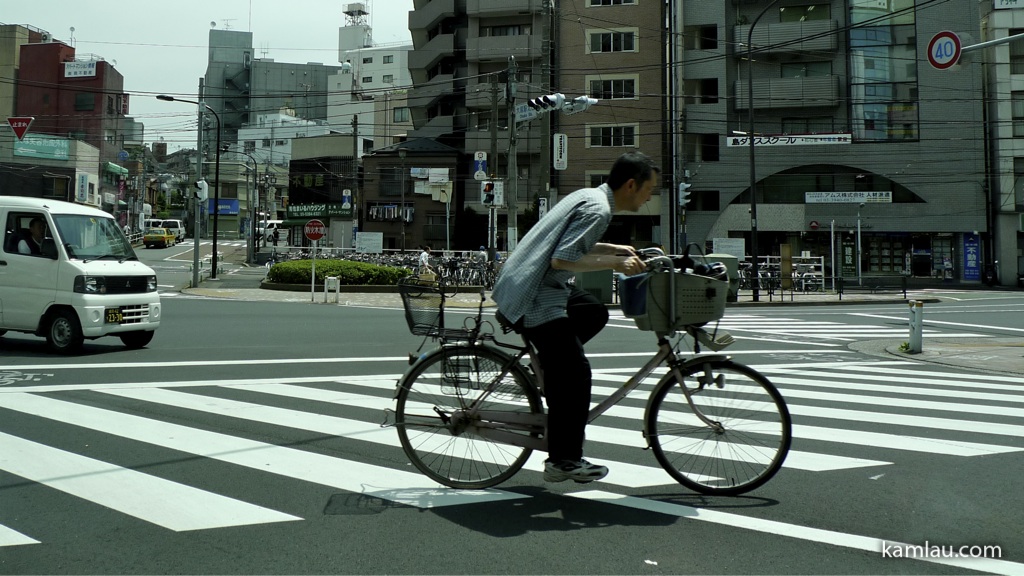
Biking.
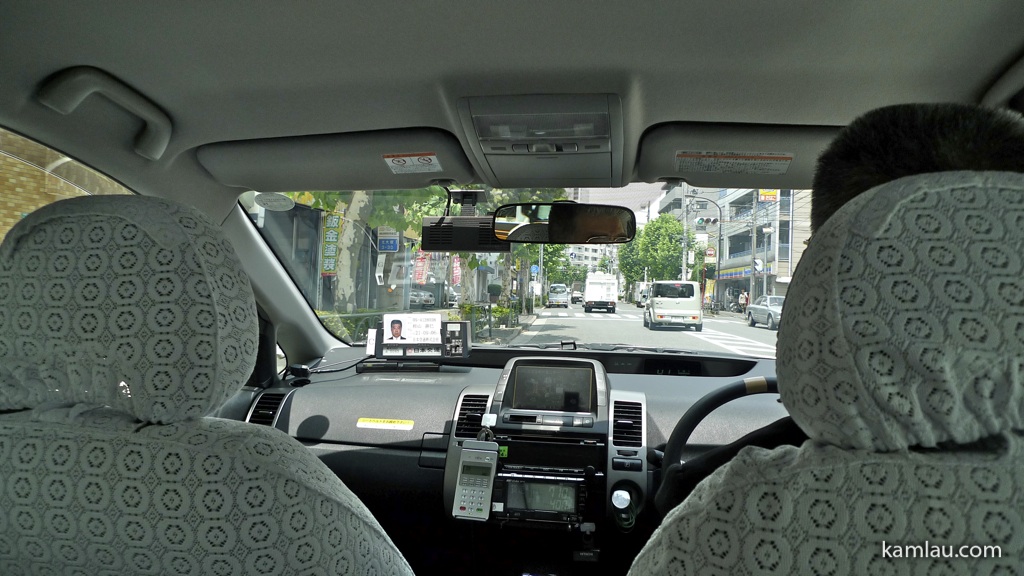
Taking taxi.
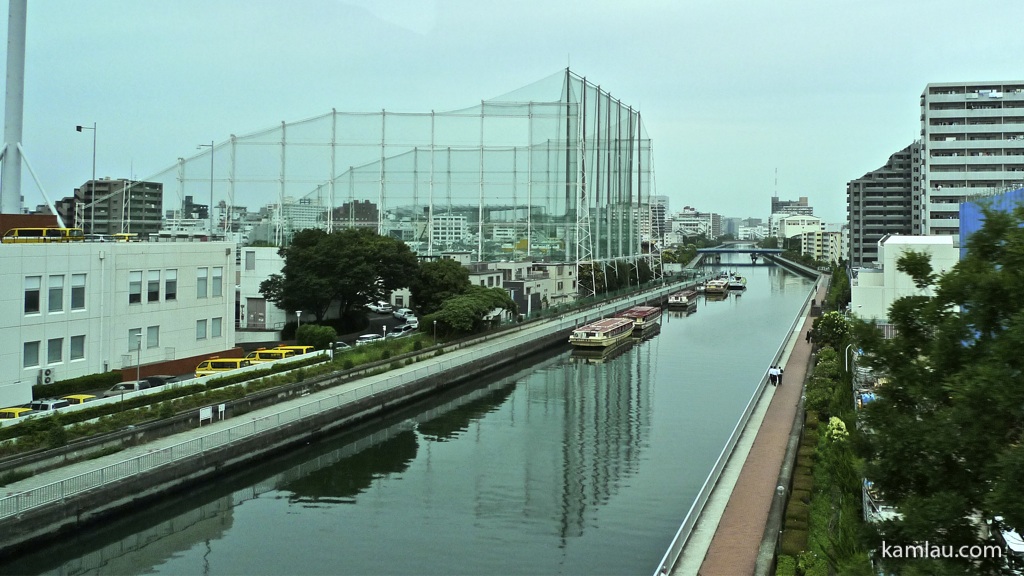
But what about getting along a small river?
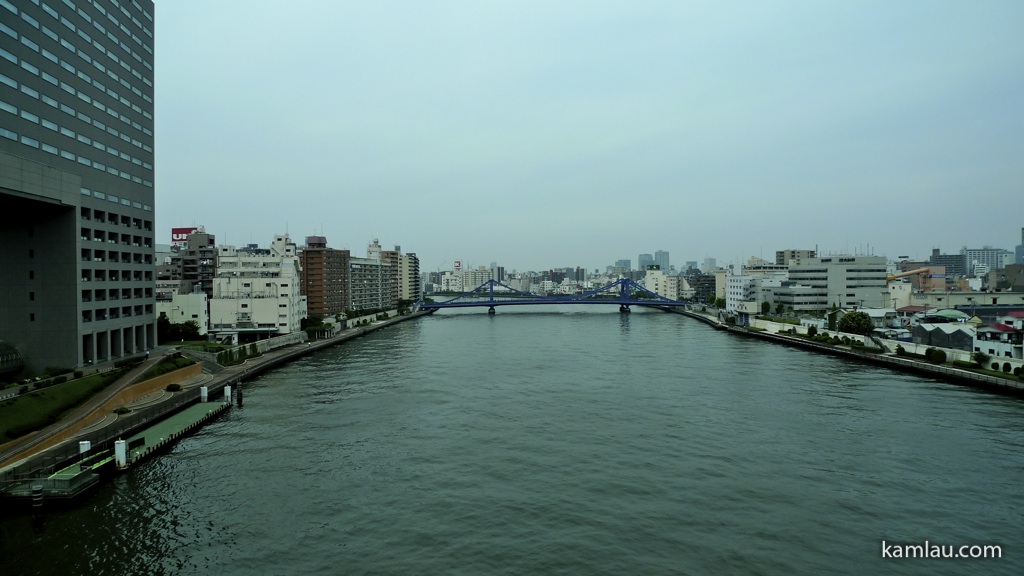
And a wider one?
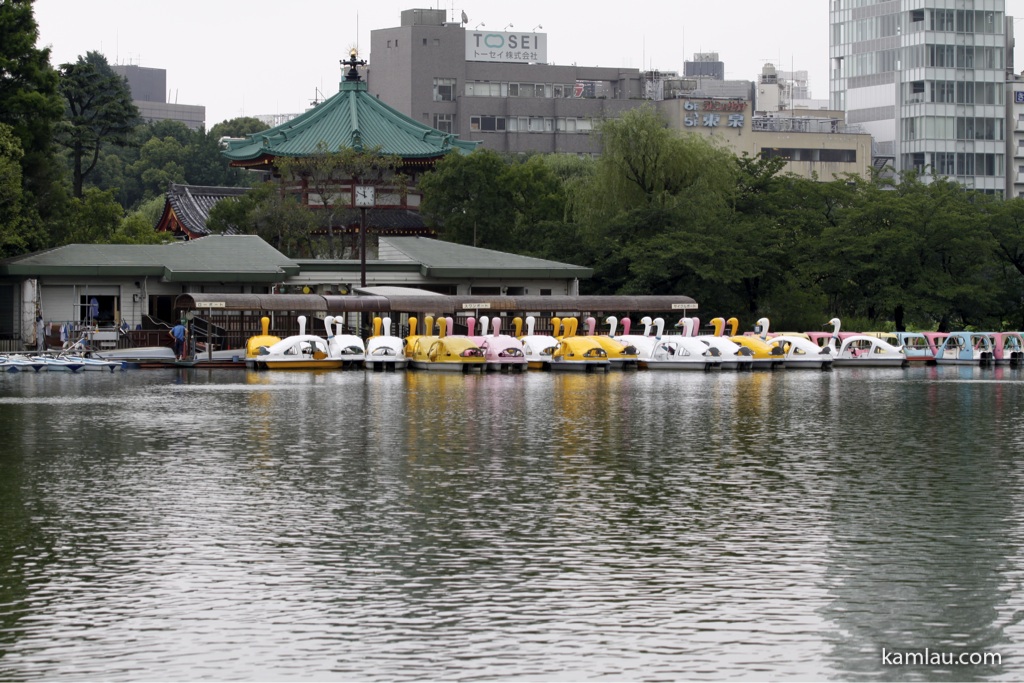
I think you can always rent one of these.
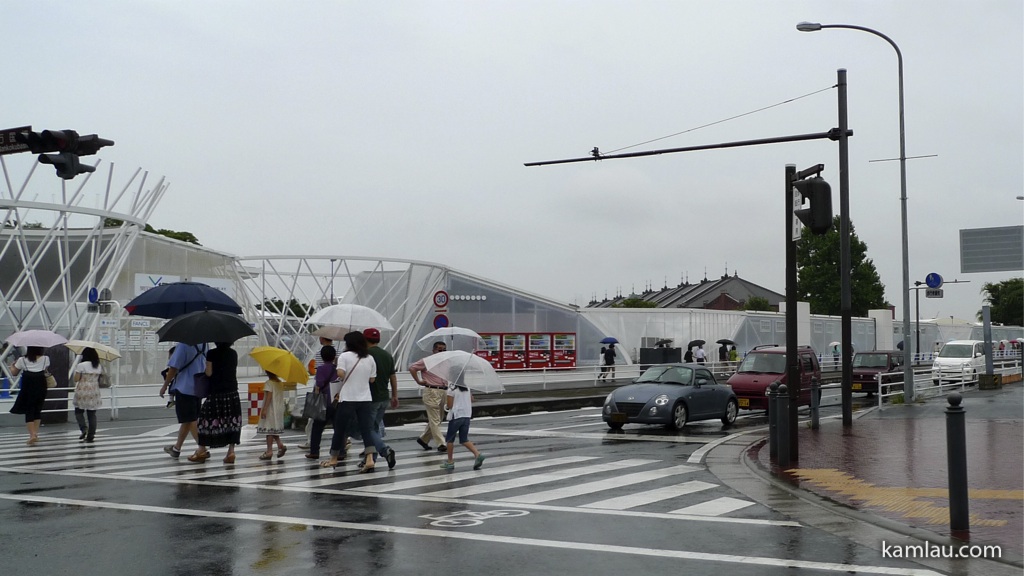
But seriously, walking and biking are probably your best choices.

Of course being a visitor, you might not want to bike because you might not have one to start with, and where would you park your bike after?
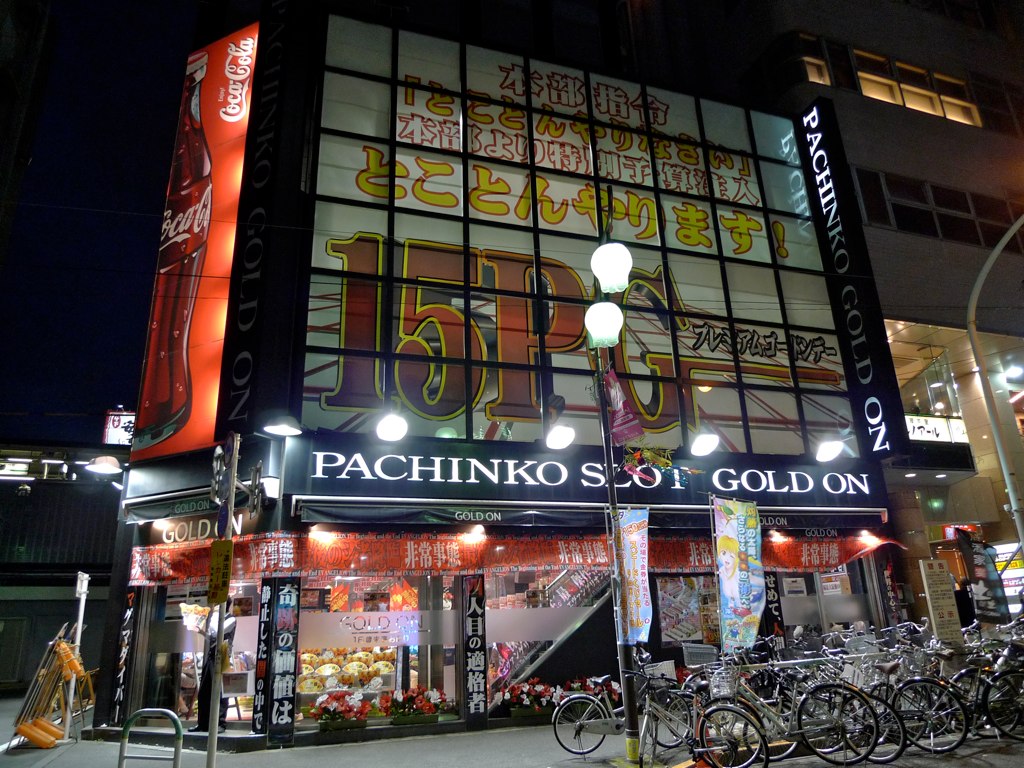
Well, most of the time, bikes are locked on the side of the street; and most of the time it costs you nothing to leave your bike outside.
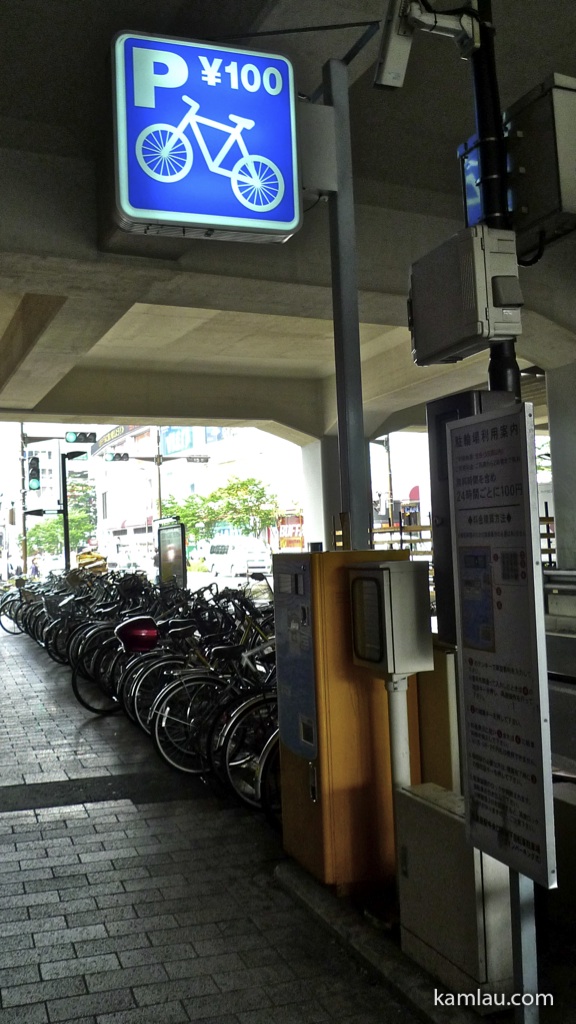
But there are other places where you have to pay for bike parking. This one is at Akihabara.

Well, since we don’t live in Tokyo, when we visit, I am grateful that the transportation system is well designed so that I don’t have to own a car to navigate around. I am sure there are other places in Japan that would be more convenient to have a car even for sight seeing. And I hope we will get to those places one day :)
Hope you enjoy this quick post of our transportation experience in Tokyo.
![[KL]-1 kamlau.com](http://kamlau.com/wp-content/uploads/2016/03/KL-1.png)
![[KL]-2](http://kamlau.com/wp-content/uploads/2016/03/KL-2.png)










When I was in Japan, I took the train and walked when I wasn’t with friends who had a car, or we bused or taxied it in Kyoto. So I guess I got the fully experience more or less.
Ah, I forgot to tell puppy52 now that I see your tickets. My friends there helped me buy this train ticket that was good for an entire week of unlimited rides on certain trains lines. It was a great value, and I used it for all its worth. Next time.
We were thinking about the tickets as well. I forgot to find out how much it was for a day pass and a weekly pass. A lot of people also use Suica cards which is a smart card based system you store credit on it and it works with the gate sensor by proximity.